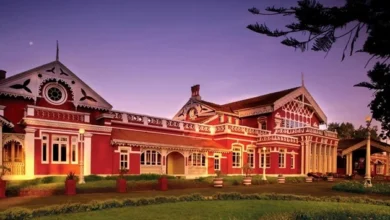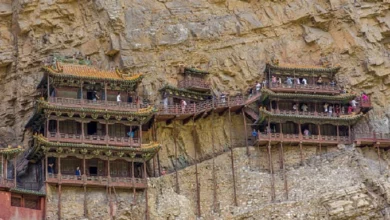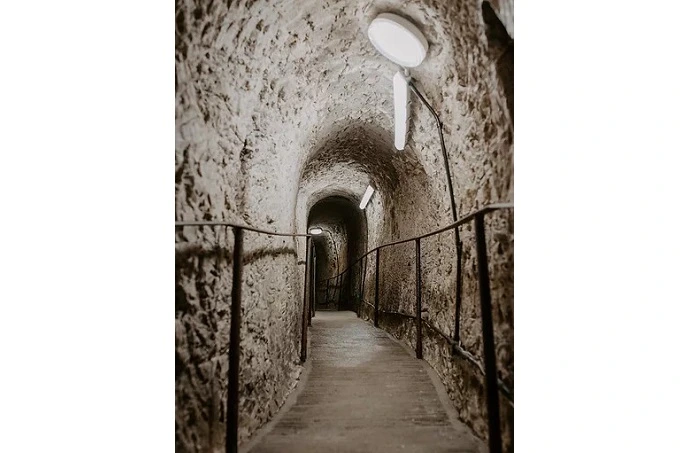Black River Gorge in Mauritius
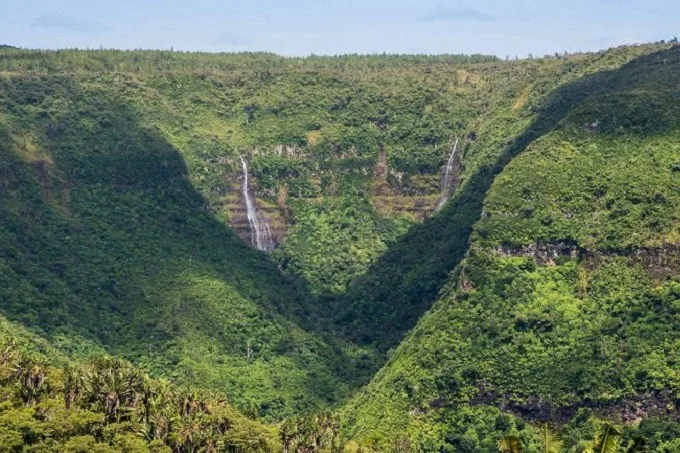
The Black River Gorge is Mauritius’s biggest and most beautiful national park, often known as the Black River Gorges. About 2% of the island’s area is covered by a wild stretch of steep terrain and thick forest.
The value of this park as the final refuge of Mauritian woods and numerous indigenous species cannot be overstated. It’s also the most stunning site on the island, and it’s just a day’s journey from the shore.
It was previously the island’s major hunting grounds. Still, scientists discovered more than 300 types of blooming plants, nine native bird species, and a colony of more than 4,000 huge wings in 1994, and the region was designated as a protected sanctuary.
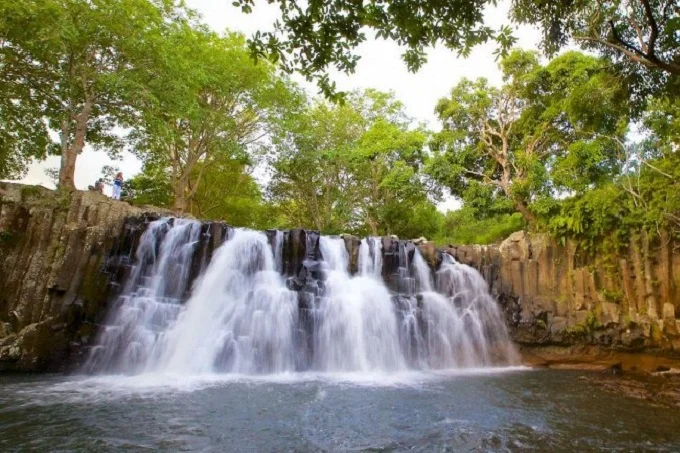
Three of the world’s most endangered bird species, the Mauritanian kestrel, the long-tailed echo parrot, and the rose pigeon, call it home. Within the National Park, wild boars, macaque monkeys, and deer inhabit the vast blackwood woods.
The Black River Gorge is a national park in Mauritius’ rugged southwest, far from the island’s most popular tourist destinations. It was established on June 15, 1994, and it is supervised by the Conservation Service and National Parks. It has a total size of 67.54 square kilometers.
The Reserve has tropical rainforest, lowland dry woods, and marshy heathland. Two visitor information centers, picnic sites, and 60 kilometers of hiking routes make up the visitor infrastructure. The Mauritius Wildlife Foundation has four field stations for study on the island’s natural beauty.

Much of the island’s remaining rainforest is protected by the park, however, part of it has already been destroyed by invasive species like Chinese guava and turquoise. Animals such as deer and wild pigs have also wreaked havoc.
To protect local animals, certain areas have been walled off, followed by the eradication of aggressive types. The Mauritian flying fox, as well as all of the island’s natural species, such as the kestrel, pink pigeon, Mauritian long-tailed parrot, magpie, Mauritian nightingale, and others, still survive in the park.

